Josh Smith talks Louis Vuitton
The New York artist explains his Artycapucines collaboration
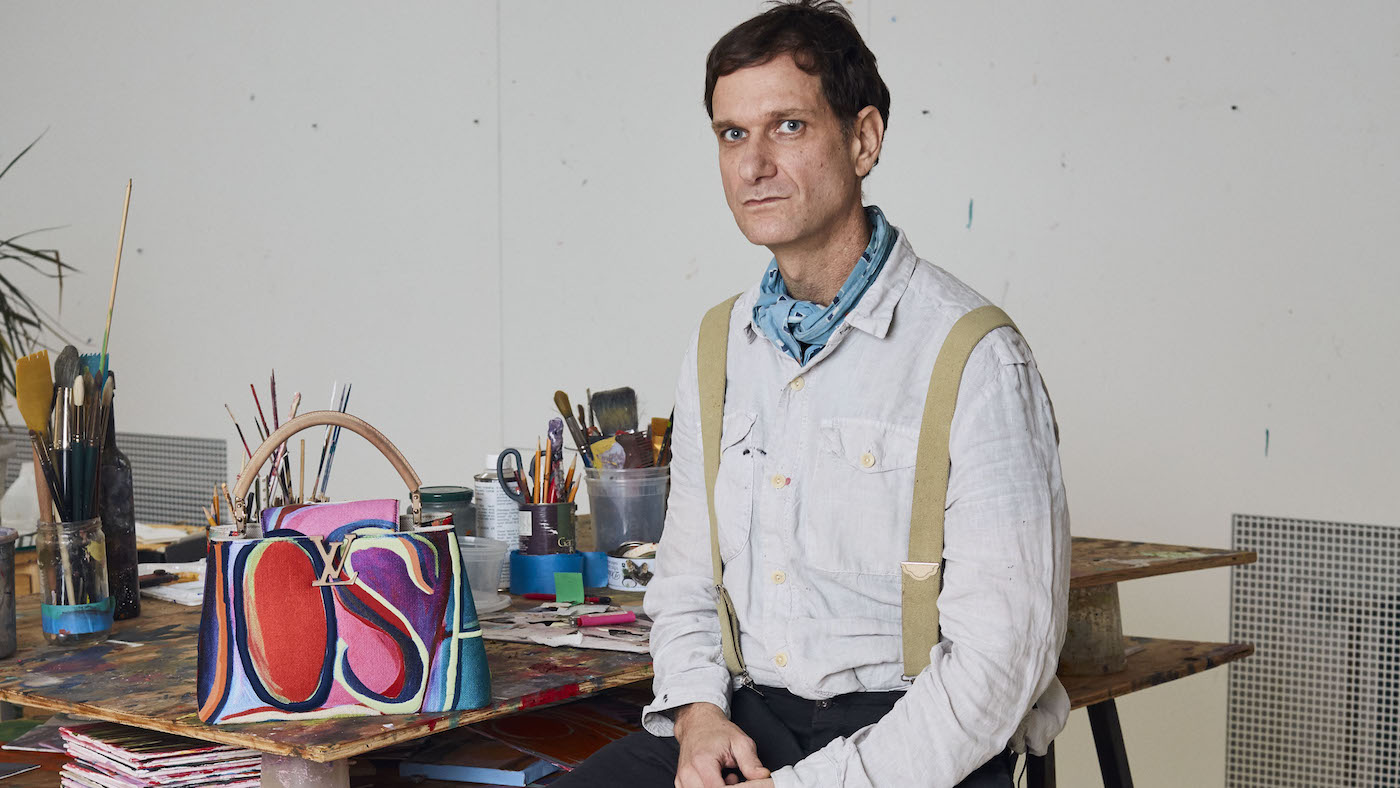
At Louis Vuitton, typography has long made headlines. The heritage brand’s way with words – and characters, numbers and symbols – dates back to 1896. It was then, at the turn of the 19th century, that Georges Vuitton first introduced the maison’s Monogram: its geometric design originally inspired by Japanese heraldic Mon emblems, Louis Vuitton’s graphic repeat pattern alternates the Parisian business’ two interlocking initials with four-petaled flowers and quatrefoils shapes.
Artistic collaborations are another Louis Vuitton speciality and it is through these link-ups that the brand’s best-loved Monogram has come in new guises. Japanese multimedia artist Takashi Murakami has cast the storied pattern in candy colours; in 2007, American painter Richard Prince unveiled a washed-out, sun-bleached version, superimposed with the writings of his Jokes series of paintings. Britart names Jake and Dinos Chapman paired the Monogram with a menagerie of wild animals (giraffes, elephants, a teeth-baring lion); Stephen Sprouse spelt “Louis Vuitton” in neon hues with a spray-painterly finish.
It was Louis Vuitton’s famous signature that also intrigued Josh Smith. Invited by Louis Vuitton to dream up his version of the Capucine handbag as part of its Artycapucine collection, the American artist homed in on the brand’s storied Monogram. But, short of interpreting the motif, Smith instead did away with it completely. Produced in a limited edition of 200, his Capucine bag spells “Josh Smith” in vibrant, confident brushstrokes. Only the accessory’s escutcheon-like LV insignia clasp has been left in place. “I think it’s the most obnoxious or provocative decision, really,” says Smith about inscribing the brand’s design with his own tag. “Louis Vuitton puts its name on all its stuff, so I feel like my name should float on top of theirs. That’s the whole point, like, ‘Who is this Josh Smith guy?’”
The Week
Escape your echo chamber. Get the facts behind the news, plus analysis from multiple perspectives.

Sign up for The Week's Free Newsletters
From our morning news briefing to a weekly Good News Newsletter, get the best of The Week delivered directly to your inbox.
From our morning news briefing to a weekly Good News Newsletter, get the best of The Week delivered directly to your inbox.
Smith was born on the Japanese island of Okinawa; his father served in the US Army and so the family moved between stations, before eventually calling Knoxville, eastern Tennessee home. A trained printmaker, Smith also studied at Miami University (Oxford, Ohio) and the University of Tennessee. In 1998, he arrived in New York, where he has been working and living since. Today at his Brooklyn studio, Smith finishes richly coloured canvasses; his semi-abstract work has captured motifs including fish, sunsets, skeletons and turtles. Smith has exhibited widely: his 2003 debut solo show has been followed by worldwide exhibitions opening in London, Zurich, Melbourne and Geneva. Pittsburgh’s Carnegie Museum of Art and the Whitney Museum of American Art in New York are just two of the many international public collections that hold Smith’s creations, which in addition to paintings can take the shape of collages, ceramics and printed matter.
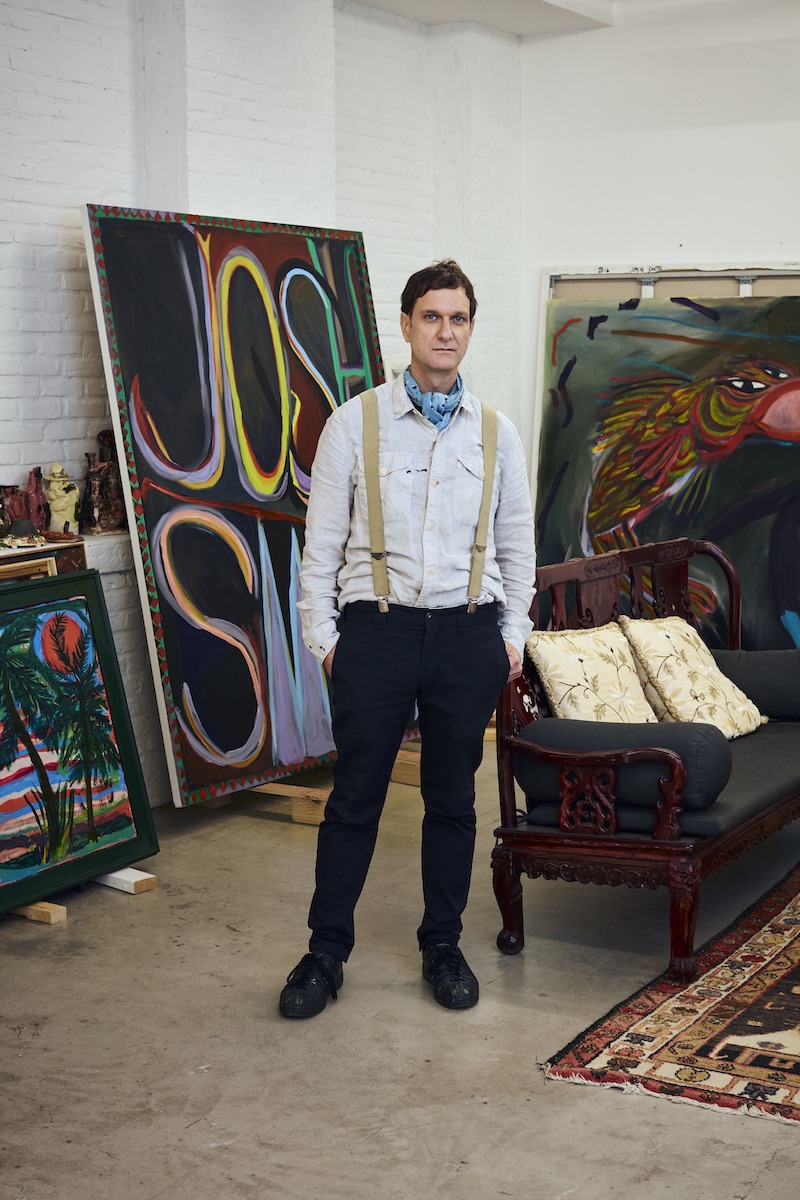
New York’s Museum of Modern Art has collected several of Smith’s works, including an untitled 2008 painting emblazoned with the artist’s name in blue and black brushstrokes. The artist originally struck out with his name paintings at the turn of the millennium and its these much-collected works that inspired his Louis Vuitton creation. “You know, some painters make a big abstract mess, others draw faces, and I paint my name,” says Smith. “If people ask me why I paint my own name, I just say, ‘Well, it’s much better than so many other things’.”
There’s a happy-making quality to Smith’s Capucine bag. A vivid colour palette clashes cardinal reds with a lime green tone; the letter “S” takes the shape of undulating, sweeping brush strokes, its negative spaces filled in with hot pink colour. Smith says: “Fortunately, I have a simple name, with nice shapes – O’s and S’s and J’s – that nicely fill up a canvas or a page, or in this instance, a bag.”
A marquee design, Louis Vuitton first unveiled its top-handle Capucine with its Fall 2013 collection. The accessory is christened after the rue des Capucines, the Paris address of Louis Vuitton’s first boutique opened in 1854. Last year, the maison introduced its Artycapucine project, extending carte blanche to contemporary artists to reimagine an emblematic LV accessory. It’s an ambitious undertaking: in 2019, Louis Vuitton worked with six artists including Yale School of Art-trained Tschabalala Self and Los Angeles-based creative Alex Israel. Swiss artist Urs Fischer delivered his all-white Capucine with naturalistic and hand-made mini sculptures of everyday groceries – an egg, a tomato and a mushroom all featured – which could be extended from the bag’s base using a gilt brass chain.
A free daily email with the biggest news stories of the day – and the best features from TheWeek.com
In Louis Vuitton designs such as Fischer’s, creative whimsy belies artisanal mastery. Among this year’s collection of six Artycapucine bags is a kaleidoscope-like formation by Beatriz Milhazes achieved through complex lambskin marquetry and a patch-worked camouflage pattern of laser-cut leather, dreamt up Chinese artist Zhao Zhao. Jean-Michel Othoniel finessed his cream raffia Capucine with black hand-embroidered silk satin; its design resembling a futuristic suit of armour, Liu Wei’s black and silver bag features black Plexiglas handles. Then, there is Henry Taylor’s design, which is fronted by the Californian artist’s 2017 A Young Master portrait, its original acrylic on canvas make-up translated into leather marquetry following experiments in 2D and 3D printing. “Working with [Louis Vuitton’s] design and crafts teams was the real luxury for me,” says Smith. “They’re like nothing else.”
Smith’s own Capucine is free from animal-derived products such as leather. Instead, it is fashioned from materials the artist uses in his own practice: the bag’s outer is linen-cotton canvas, printed with one of Smith’s name paintings which had previous been embroidered using a white thread, to replicate brushstrokes. Once printed, the linen-cotton canvas was then embroidered again, with stitches following the nine letters that make up the artist’s full name. Open the Capucine to reveal its eye-catching silk lining, which is printed with Smith’s Palm #3 painting. Other choice details include a pale pear tree-wood handle and ten silver-tone staples fastened along the bag’s body, in a nod to an artist’s canvas. “We went back to basics, exploring the natural materials that I use in my work – wood, canvas, metal staples,” Smith explains. “It was fascinating to see the Louis Vuitton crafts team let these new materials in and embrace the idea of leather alternatives. I wanted the bag to be as durable as the leather versions, while being a lighter object.”
Smith’s Louis Vuitton masterpiece is now for sale via the brand’s boutiques and website (£6,250). At his Brooklyn studio, the artist envisions the bag’s legacy. “With this bag, I can imagine two people meeting for cocktails and my name becoming a conversation starter, like, ‘What’s that on your bag?’,” says Smith. “If that develops into friendly conversation, then it’s a success, because my aim is to relay the joy of living.”
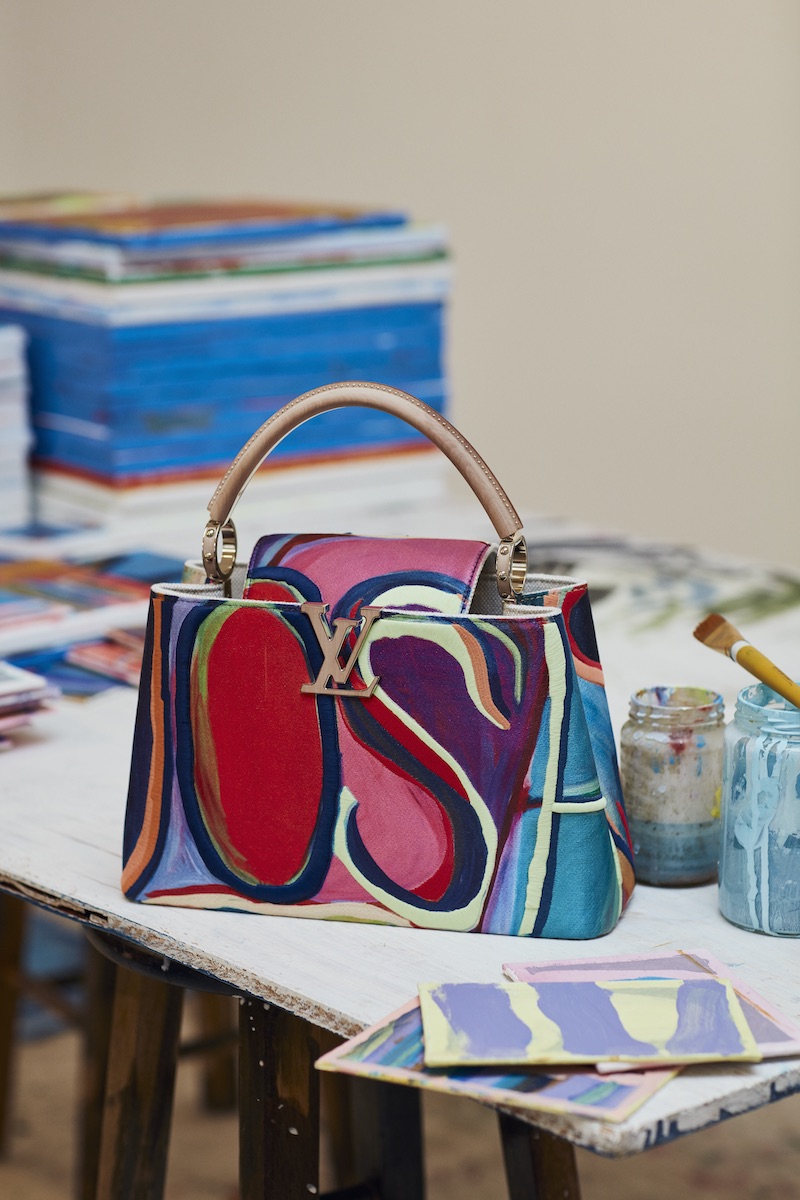
-
 Political cartoons for December 9
Political cartoons for December 9Cartoons Tuesday's political cartoons include black market vaccines, FIFA prizes, and drone deliveries
-
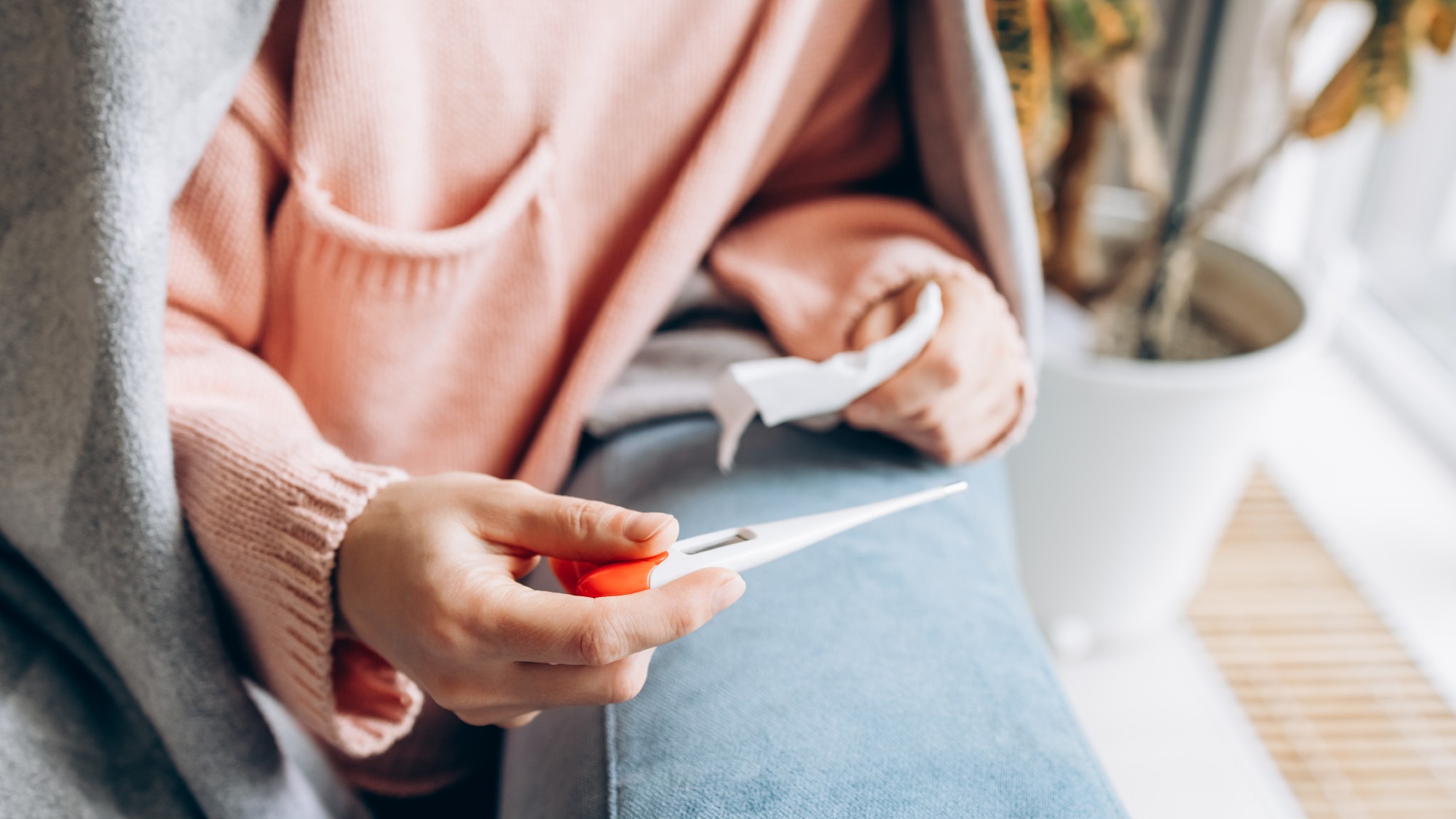 How dangerous is the ‘K’ strain super-flu?
How dangerous is the ‘K’ strain super-flu?The Explainer Surge in cases of new variant H3N2 flu in UK and around the world
-
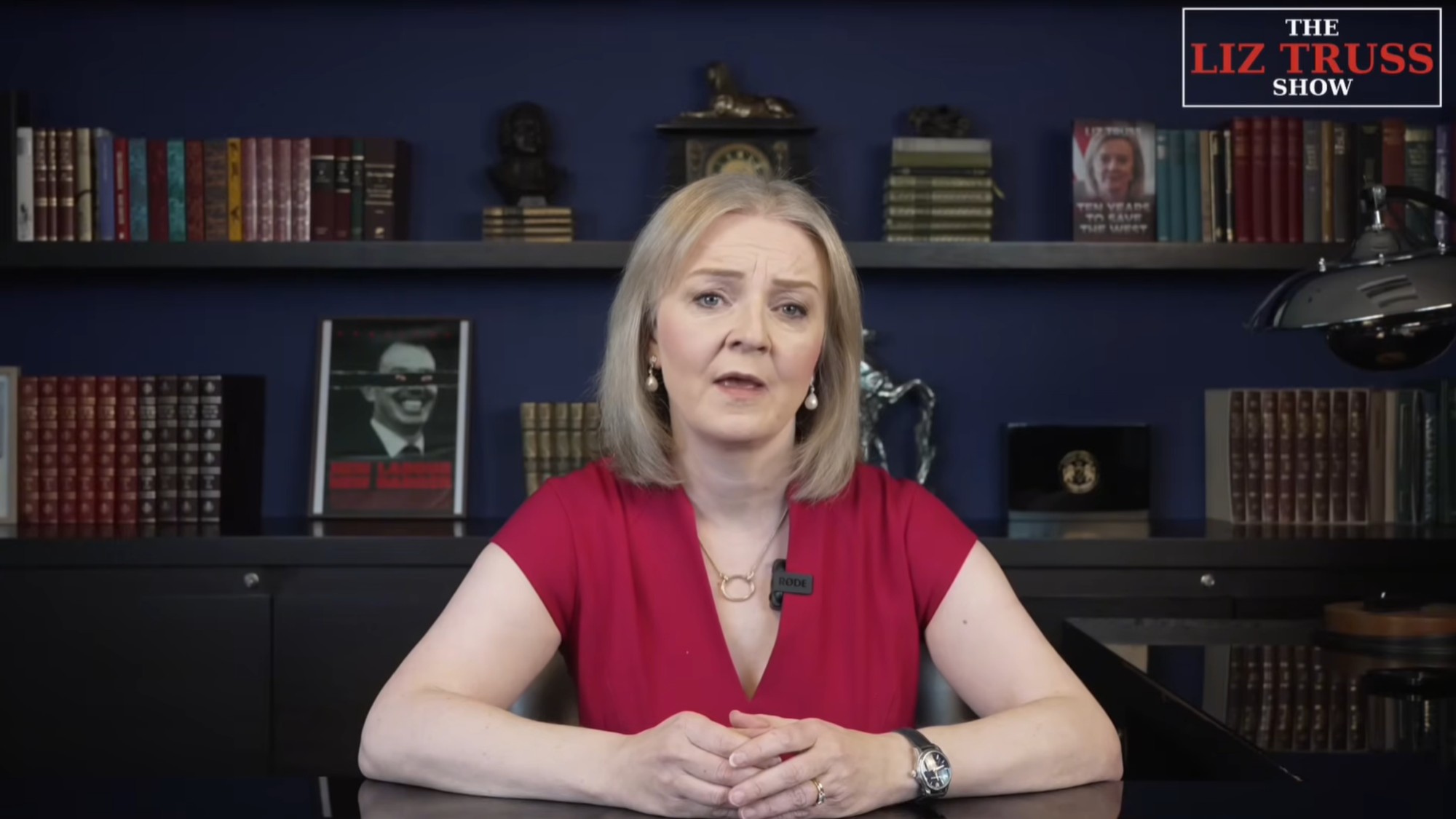 Who is The Liz Truss Show for?
Who is The Liz Truss Show for?Talking Point Former PM’s new weekly programme is like watching her ‘commit a drive-by on herself’
-
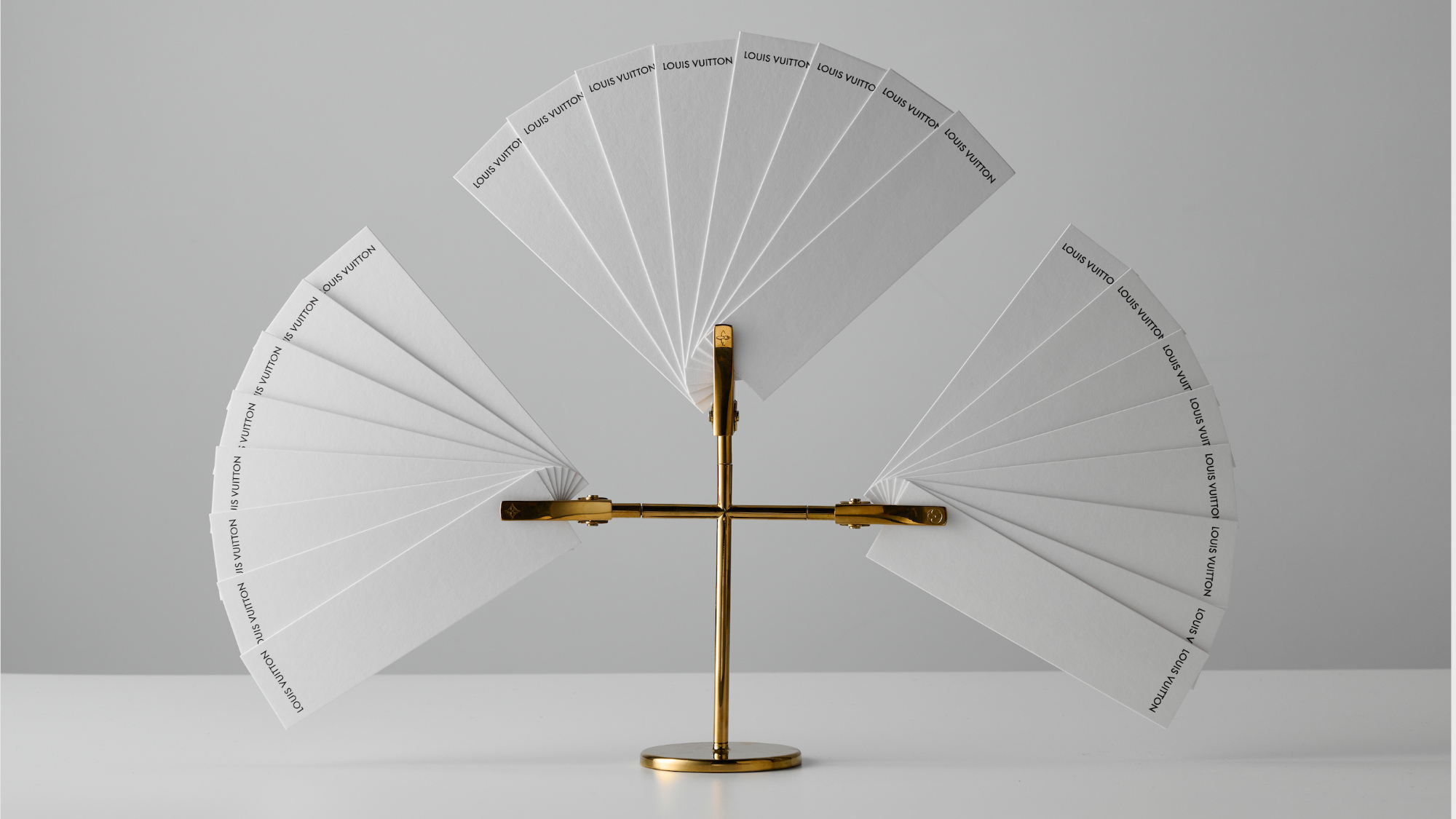 The impossible find: bespoke blotters
The impossible find: bespoke blottersThe Blend For Jacques Cavallier-Belletrud, bespoke blotters are essential to the art of fragrance
-
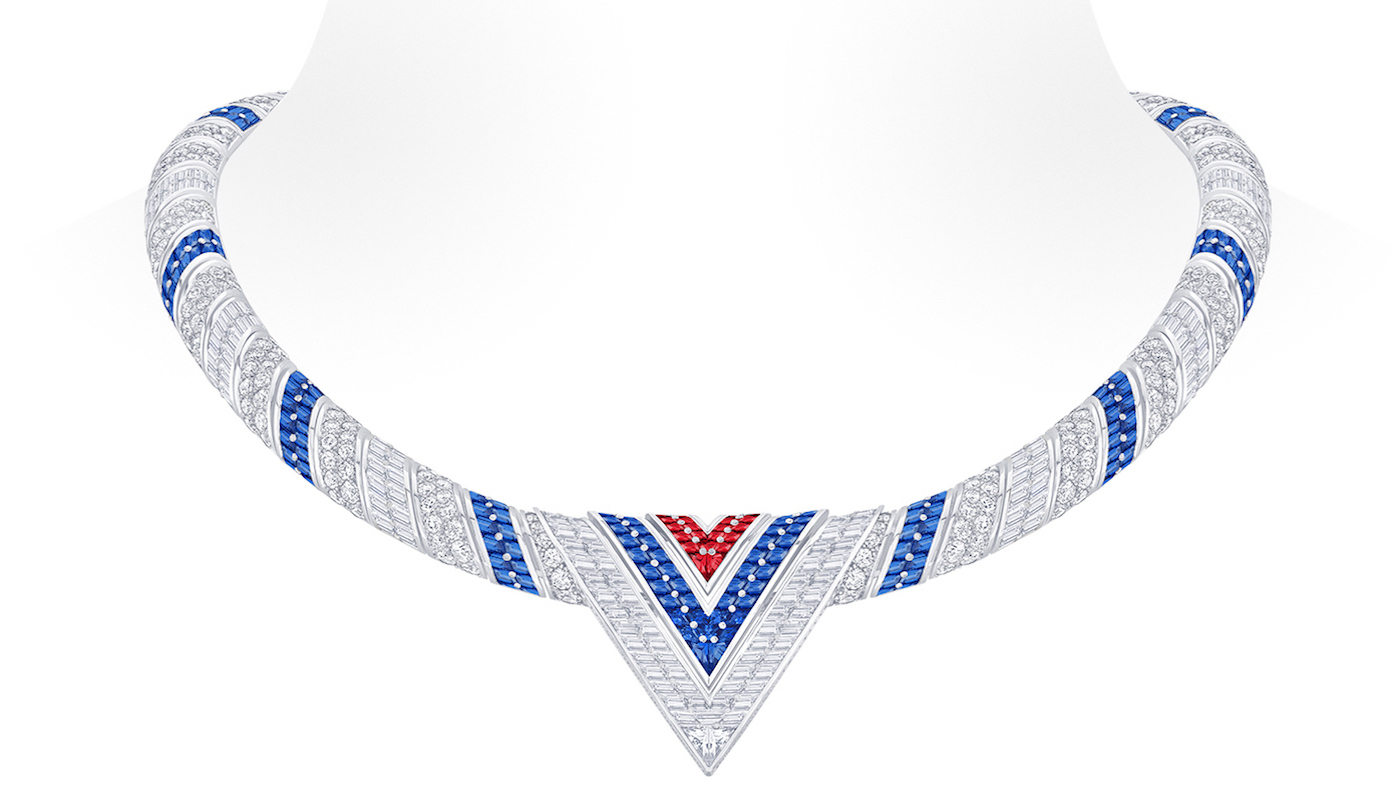 Brave heart: tracing Louis Vuitton’s biography in gems
Brave heart: tracing Louis Vuitton’s biography in gemsfeature Francesca Amfitheatrof explains her latest muse – Louis Vuitton, himself
-
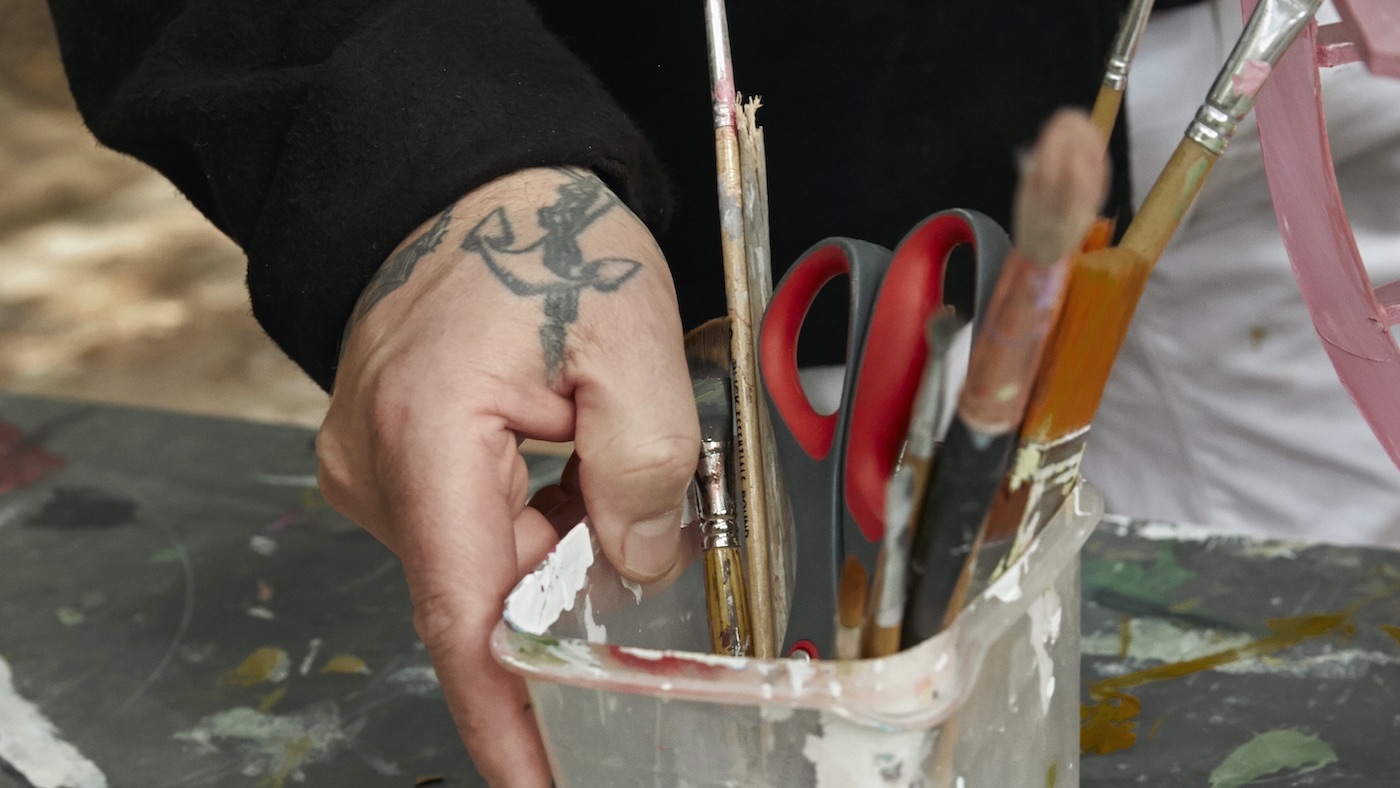 Art of the matter: Louis Vuitton and Urs Fischer unite
Art of the matter: Louis Vuitton and Urs Fischer unitefeature In an exclusive interview, Fischer ponders Louis Vuitton monograms and the work of an artist
-
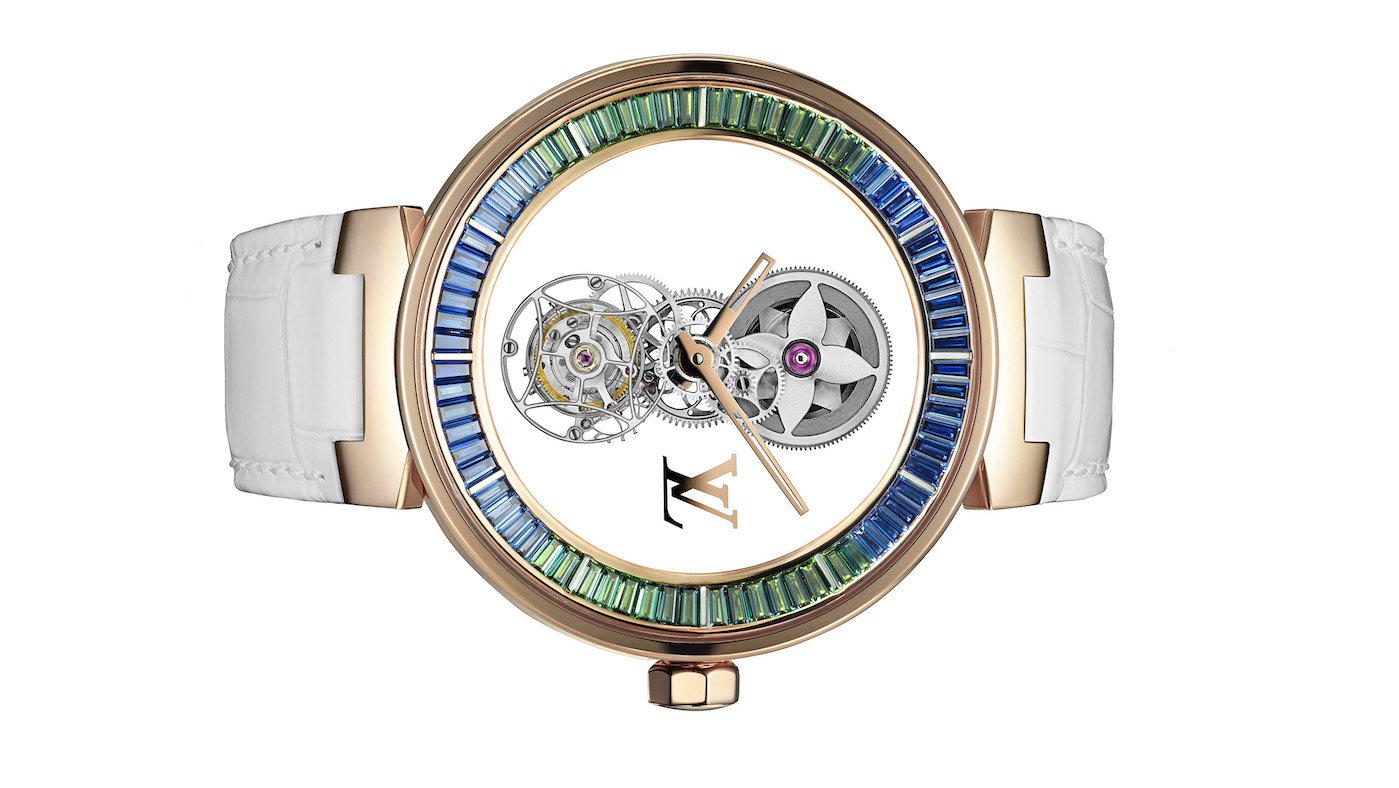 The saga of Louis Vuitton’s Tambour
The saga of Louis Vuitton’s TambourThe Week Recommends Since unveiling the first Tambour in 2002, Louis Vuitton continues to reinvent its signature model
-
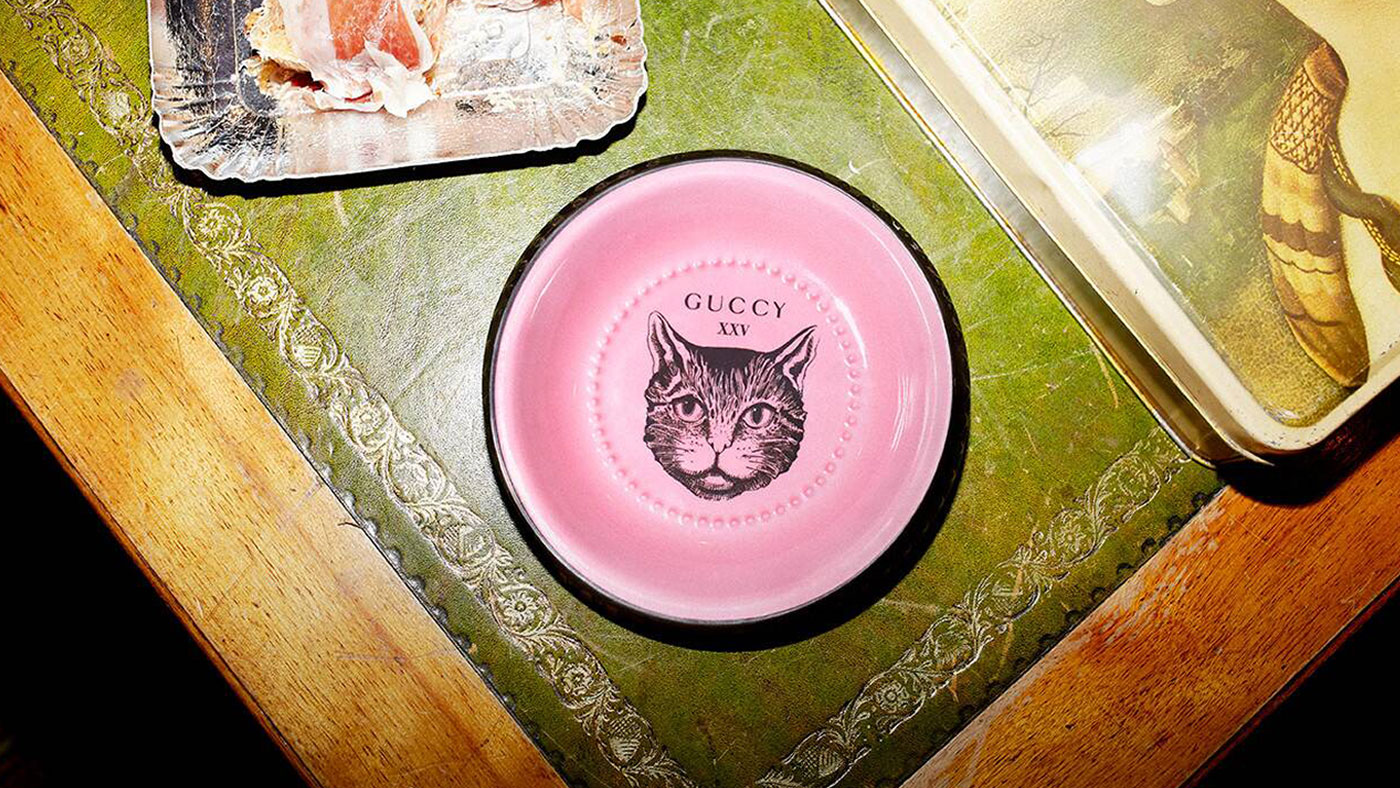 Unusual Christmas gifts for fashion lovers
Unusual Christmas gifts for fashion loversThe Week Recommends A selection of presents for fashionistas that won't leave them asking for the gift receipt
-
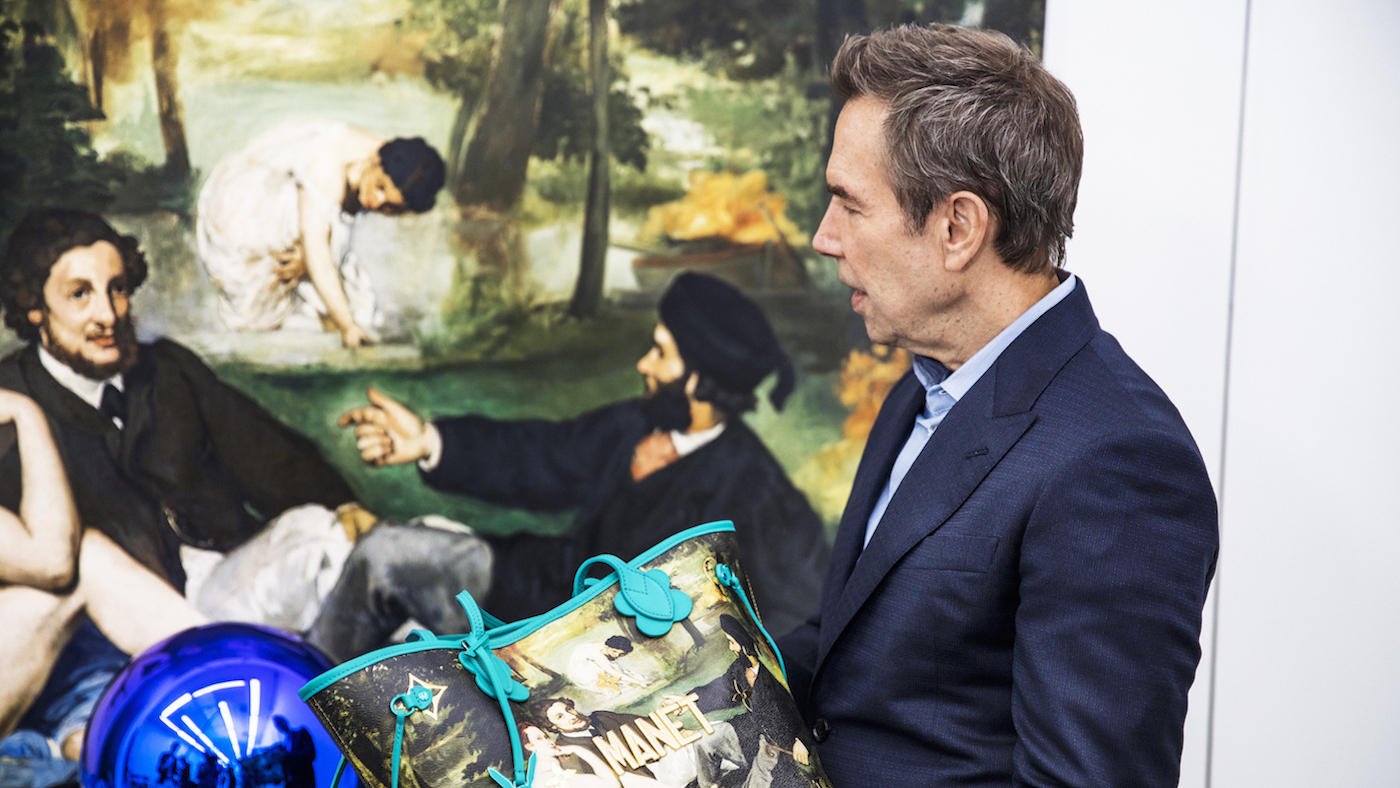 Masters Wave 2: Jeff Koons returns for follow-up Louis Vuitton collection
Masters Wave 2: Jeff Koons returns for follow-up Louis Vuitton collectionThe Week Recommends US artist finds the Parisian maison's signature bags the perfect canvas
-
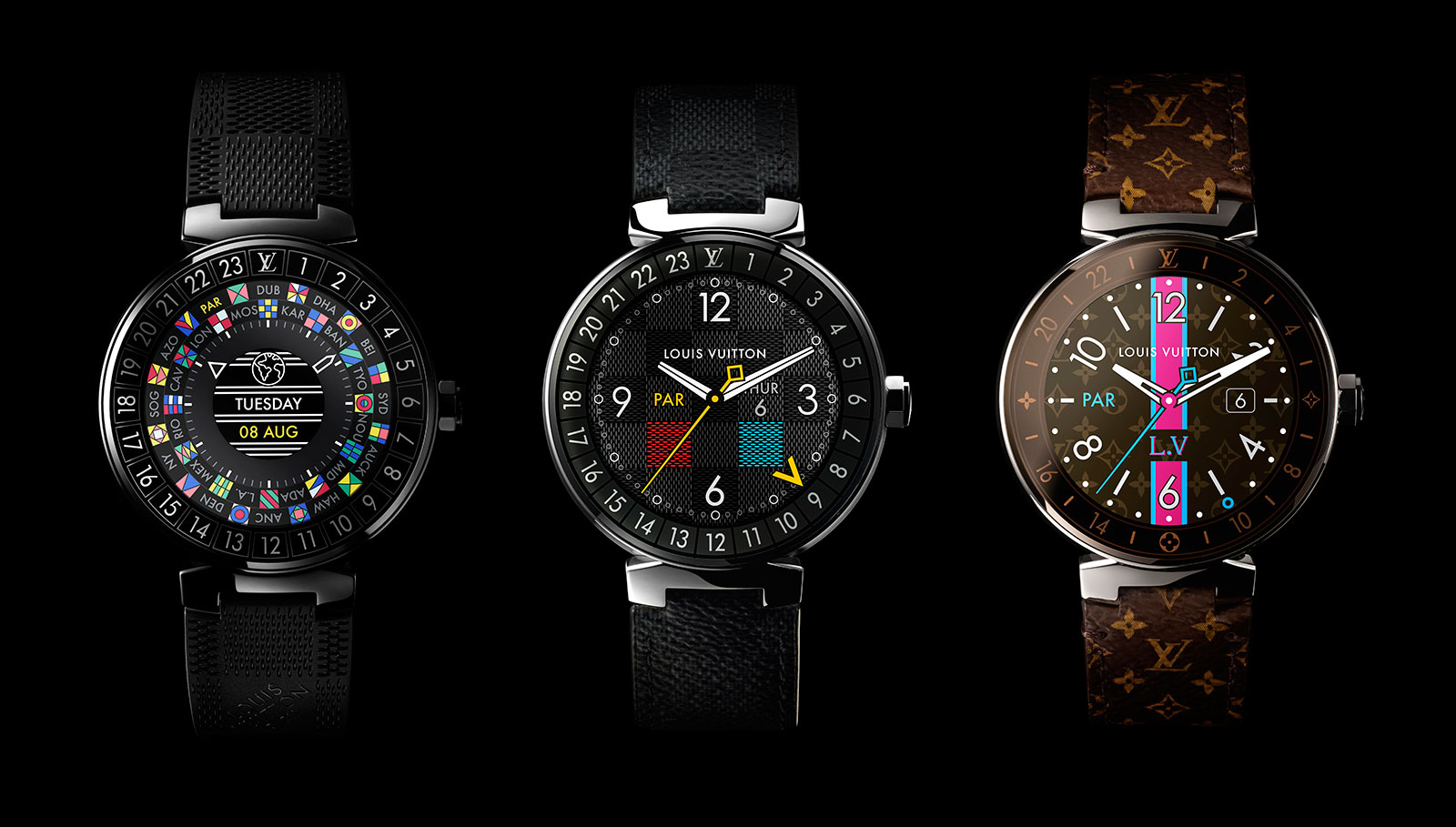 Tambour Horizon: Louis Vuitton's 'luxurious' smartwatch
Tambour Horizon: Louis Vuitton's 'luxurious' smartwatchSpeed Read New connected watch blends the company's iconic patterns with a high-tech touch
-
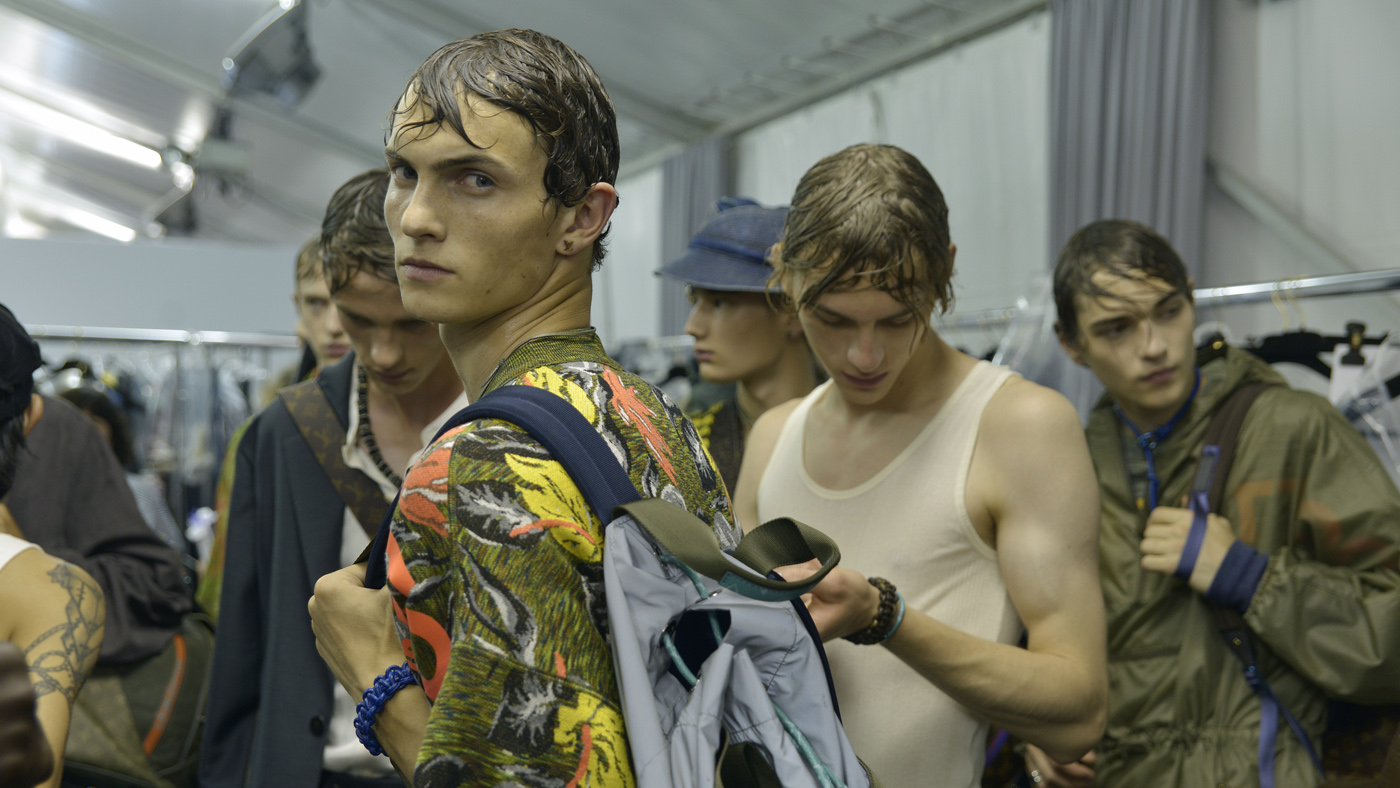 Hotline Vuitton: Drake launches Louis Vuitton's latest collection in Paris
Hotline Vuitton: Drake launches Louis Vuitton's latest collection in ParisIn Depth For Spring/Summer 2018, Kim Jones took Louis Vuitton island-hopping on a voyage to exotic locales scored by Drake